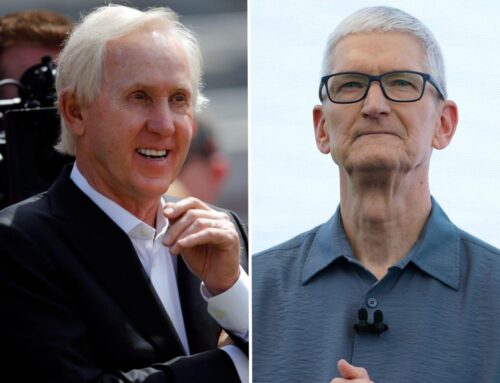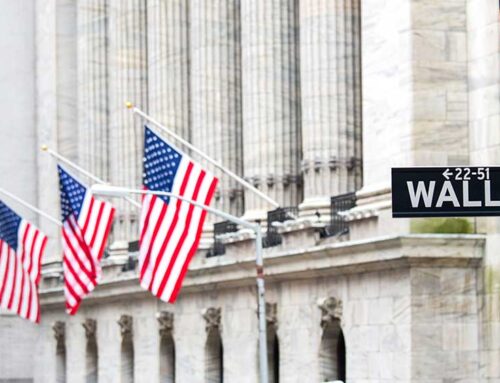A2Zero Sustainability Forum discusses city’s new Sustainable Energy Utility
June 3, 2025
Approximately 15 community members gathered at the Ann Arbor District Library Thursday evening to discuss the city’s progress in achieving carbon neutrality by 2030 during the final A2Zero Sustainability Forum of the year. The topic of the forum was the city’s new Sustainable Energy Utility, an opt-in plan approved by Ann Arbor voters in the Nov. 5 election that allows local homes and businesses to supplement their DTE energy with city provided renewable energies. Currently, energy usage in buildings makes up almost 70% of Ann Arbor’s greenhouse gas emissions, with over 50% of that being home and business building energy expenditure. Under the SEU, residents may choose from a range of supplemental energy services tailored to their household needs, including solar panels, battery power or both.
While the program remains months away from implementation, Melissa Stults, director of Ann Arbor’s Office of Sustainability and Innovations, outlined the process interested home and business owners may go through to start the process.
“We are 18 months away from getting solar on your roof,” Stults said. “But as we get close to that timeline, you’re then going to get a call from us, we’re going to collect some energy bills from you, have a conversation to understand why you’re signing up, we’re going to do an on-site assessment, understand your use case, your price sensitivity and then we’re going to design a system for you, and that system is going (to) match your needs.”
The city is now working on intake forms, hiring technical staff and building a prioritization system to manage demand. The program also addresses many of the major challenges in energy transitions, such as the split incentive issue, where both landlords and tenants lack motivation to invest in clean energy. Stults said that, because over half of Ann Arbor housing units are rentals, this is something SEU organizers were particularly mindful of.
“Renters can’t make these kinds of decisions by themselves,” Stults said. “‘Do I as landlord or property manager make an investment knowing I don’t pay the utility bills, so I’m not going to get that return on my investment? Does the tenant pay to make an improvement knowing they’re going to leave it?’ So there’s a split incentive there. The SEU tries to come directly at that by saying, ‘We’re the ones who put the money down. You don’t have to put any money down.’”
Looking ahead, SEU projects are already underway, particularly through the development of microgrids. Microgrids allow multiple households and businesses to share locally-generated solar energy, which is especially effective for homes that aren’t eligible for rooftop solar due to roof condition or shading. While microgrids are in the second phase of the SEU’s plan, Stults said a state-funded 20-home microgrid pilot aims to launch soon in the Bryant neighborhood — a neighborhood already pioneering renewable energy in the Ann Arbor community.
“We did get funding from the state to do a small pilot on about 20 households as a microgrid to really test the technology and understand what the rates would look like doing this,” Stults said. “We’re trying to make (Bryant) the first carbon neutral neighborhood in America, and so we’ve got a lot of funding going into decarbonizing those homes.”
Stults said the city is also exploring the practice of anchoring energy systems in schools.
“We are in deep discussions with Ann Arbor Public Schools about buying out all of their existing solar and having that be the first assets in the SEU, which I’m really excited about because they don’t just have solar,” Stults said. “Many of them also have geothermal, and most schools are in neighborhoods, so we can start doing things like anchoring geothermal in a school yard and spider it out to the surrounding neighborhoods.”
National policy changes pose potential threats to the SEU’s plans. Stults said new tariffs and rollbacks on clean energy tax credits could increase costs and slow progress not just in Ann Arbor, but across the clean energy sector.
“We are in a really topsy turvy world,” Stults said. “What are tariffs doing to the prices of panels? The House bill to revoke all energy credits? We are fighting to preserve as much as we can and to have a stable system. The one thing that is true, if it impacts the SEU it impacts the industry. So we’re not uniquely positioned. Everyone in the industry is going to feel these impacts.”
While aspects of the SEU are still unknown as they work to make their first investments, Ann Arbor resident Richard Behnke told The Michigan Daily in an interview that he is hopeful for the future of the SEU.
“This is one of the more exciting things happening nationally in sustainability and trying to build the grid of the 21st century,” Behnke said. “I think that there’s great potential in decentralizing our energy system and making utilities a platform like the internet where everyone can use it.”
Rackham student Amaya Hall, an Office of Sustainability and Innovations fellow, said in an interview with The Daily that the SEU represents a groundbreaking opportunity to work on a project with national implications.
“It’s really great to be a part of something that’s so pioneering, because there’s not really anywhere else in the U.S. that’s doing this,” Hall said. “I think it’s a really cool opportunity, especially that all of the homes don’t need to have solar and you don’t need to purchase this system yourself, because that’s often a really huge barrier for people.”
Daily Staff Reporter Ava Pustulka can be reached at apustulk@umich.edu.
Search
RECENT PRESS RELEASES
Related Post




